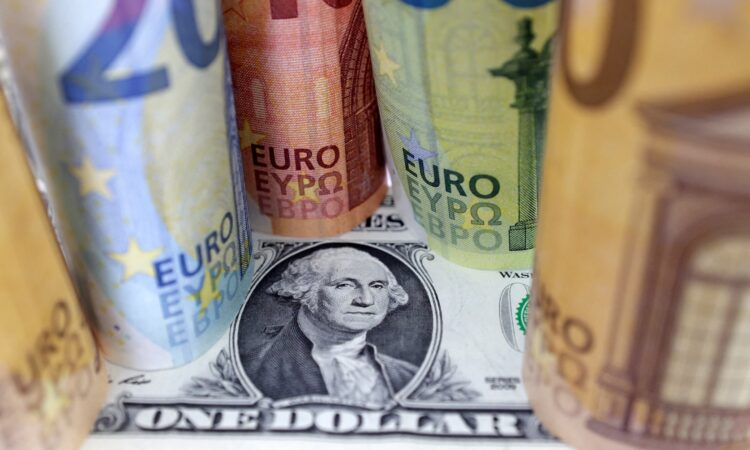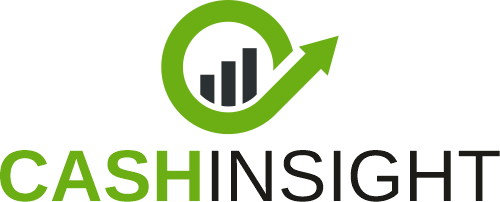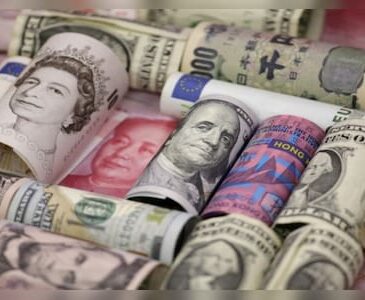
LONDON, Feb 7 (Reuters) – Hypersensitive currency swings to this week’s “stop-go” U.S. tariff threats suggest a persistent offset to the new administration’s trade stance that may just help central banks look beyond it all.
The dollar initially surged against the peso and Canadian dollar, only to reverse course on news of the tariff delays. The reaction of the Chinese yuan was complicated by the fact that mainland markets were closed at the time of the announcement.
These shifts suggest that if any of these import taxes do hit, the market’s reaction function will be to lift the dollar, as concerns about the potential for overseas economic damage and domestic U.S. inflation irritation exaggerate the relative interest rate gaps.
That is a plus for many foreign firms because a stronger dollar can allow them to keep the dollar price of their goods stable in U.S. markets, helping them to retain market share without a lockstep hit in their home currency earnings.

READY RECKONERS
Given the myriad moving parts, it is probably impossible to make an accurate forecast of the eventual macro fallout of tariffs, even assuming one knows for certain whether they will be applied and how large they will be.
In theory, exchange rate shifts can dampen both the real impact of the tariffs and any upward pressure on U.S. inflation, though that should rein in interest rates and bond yields, setting in motion yet more changes.
And then there are the debates about whether a one-off increase in prices actually boosts the inflation rate over time or how business switching and uncertainty douse domestic activity and global confidence and growth.
In this type of environment, rules of thumb tend to dominate.
Goldman Sachs used one to suggest that sustained 25% tariffs on imports from Canada and Mexico would amount to a 7 percentage-point increase in the “effective” overall U.S. tariff rate. And that would lead to a 0.7% increase in “core” prices in the personal income expenditure (PCE) basket.
What’s curious is that the effective tariff increase roughly equates to the increase in the dollar index recorded since October, when polls suggested Trump was the clear favourite to win the election. The dollar’s appreciation against both the peso and Canadian dollar over that period was roughly 10%.

SANDING THE SHARPER EDGES
Given all of these mind-numbing complexities, it is not hard to see why central banks have avoided taking a firm stance on the tariff question.
BoE boss Andrew Bailey on Thursday put it best when he said monetary policy has little impact on short-term forces influencing headline inflation, but it should also not be used to respond to factors that will fade by the time the policy actually takes effect.
But regardless of the intent, the rapid moves in the currency markets may sand down the sharper edges of any inflationary fallout – along with much the point of the tariffs in the first place.


The opinions expressed here are those of the author, a columnist for Reuters
Sign up here.
by Mike Dolan; Editing by Matthew Lewis
Our Standards: The Thomson Reuters Trust Principles.



